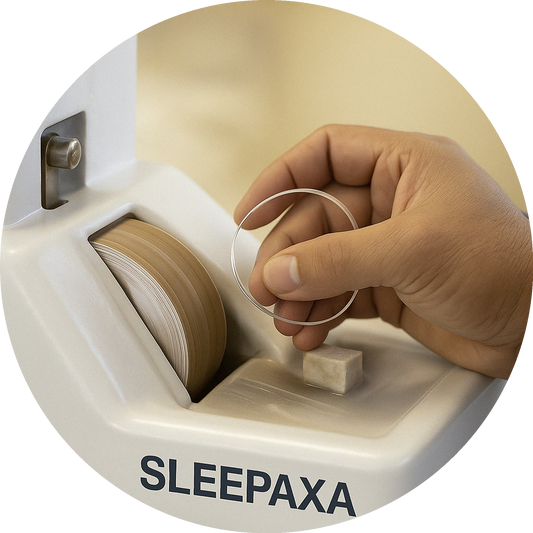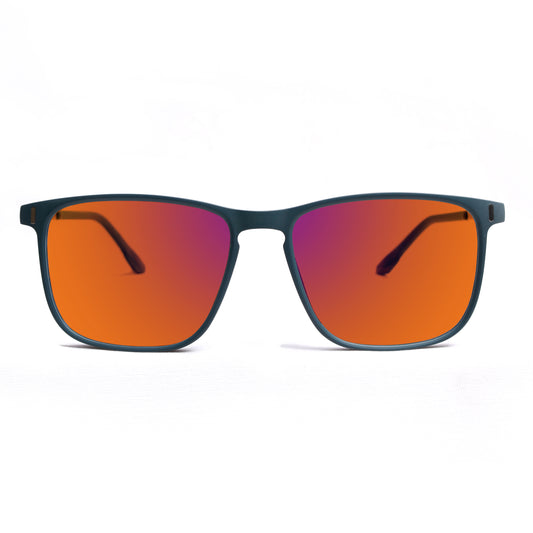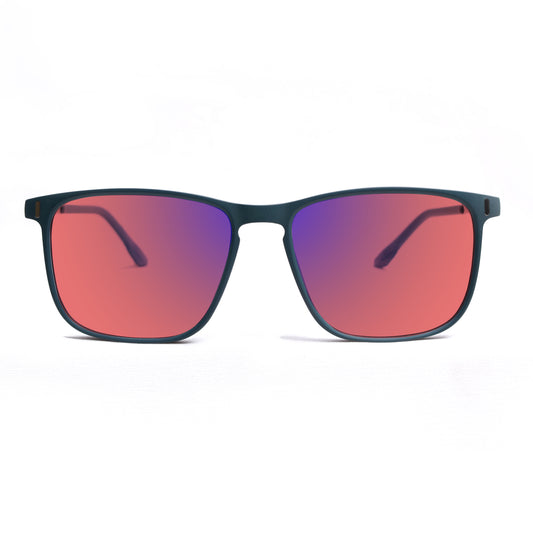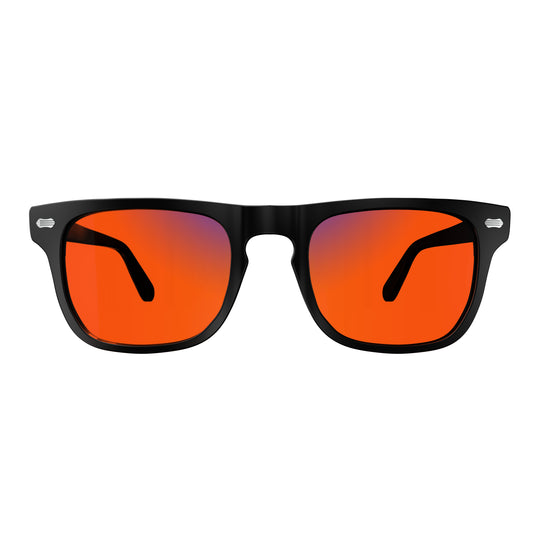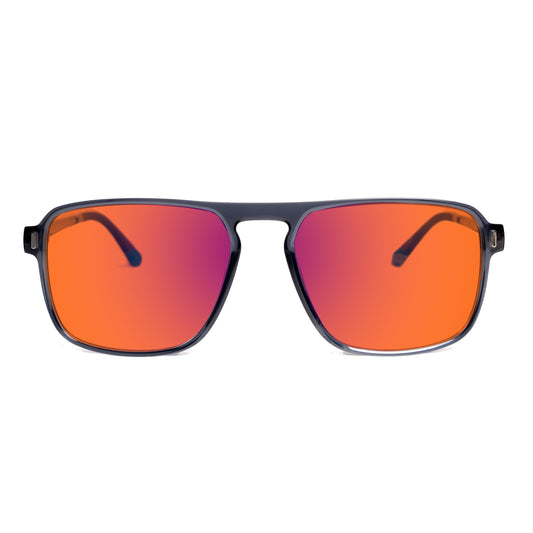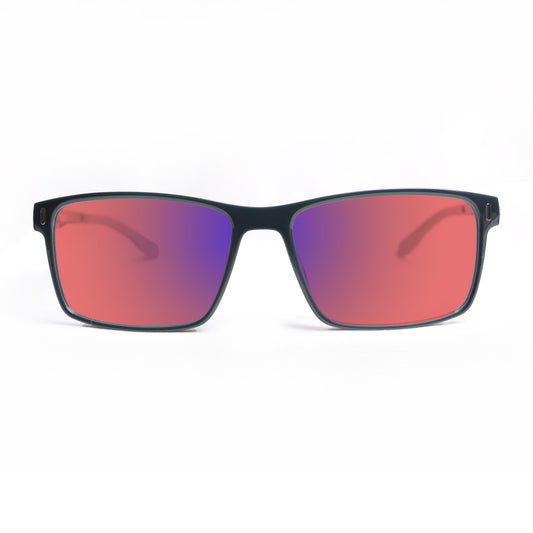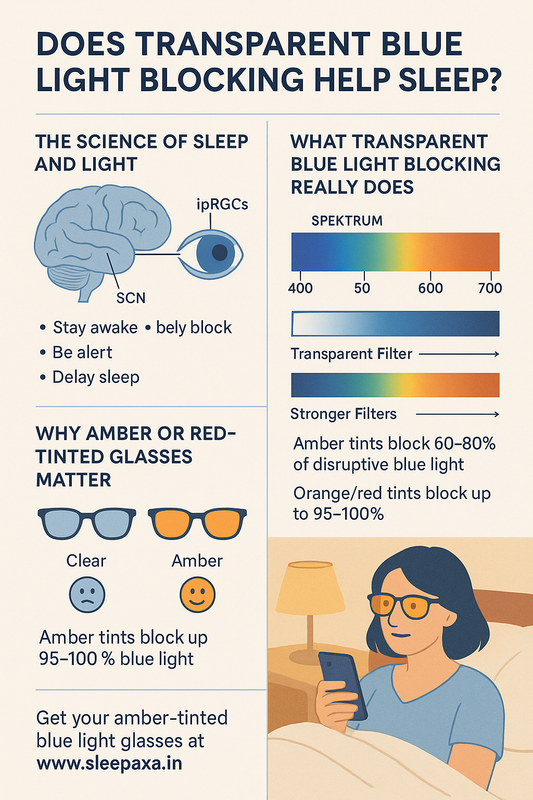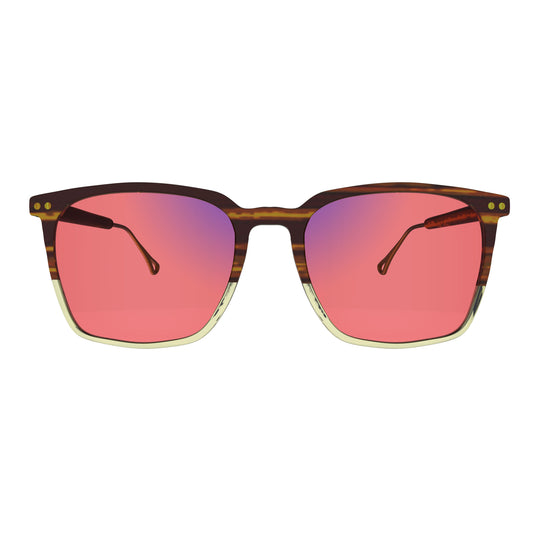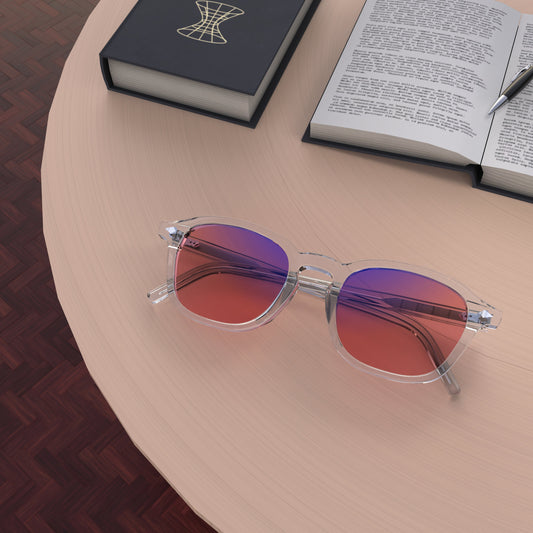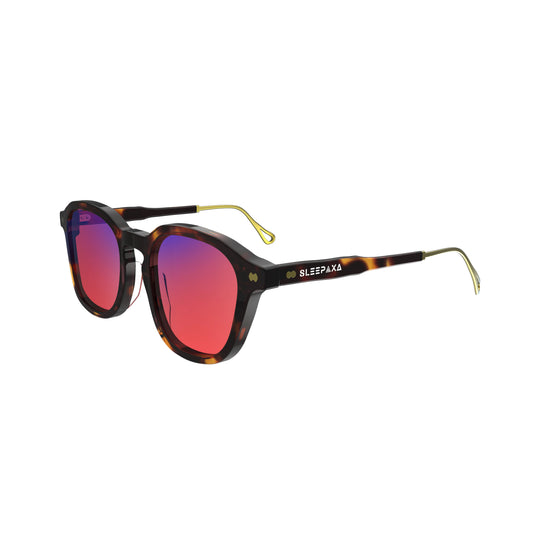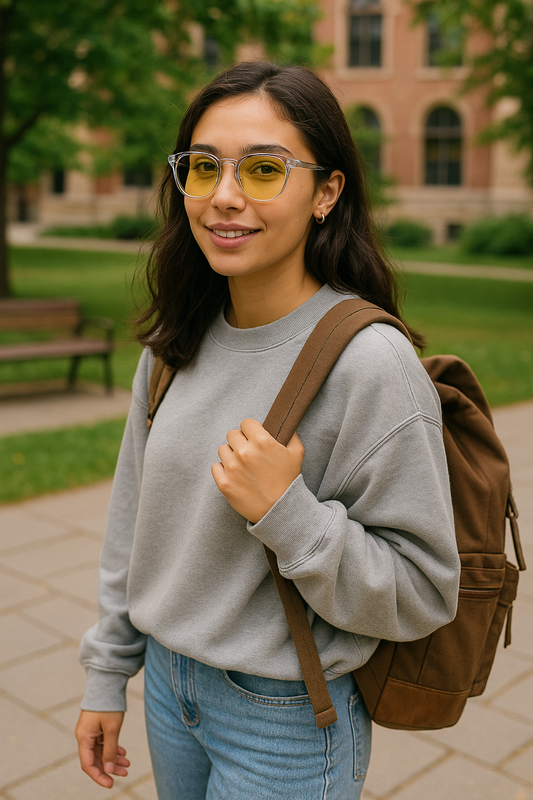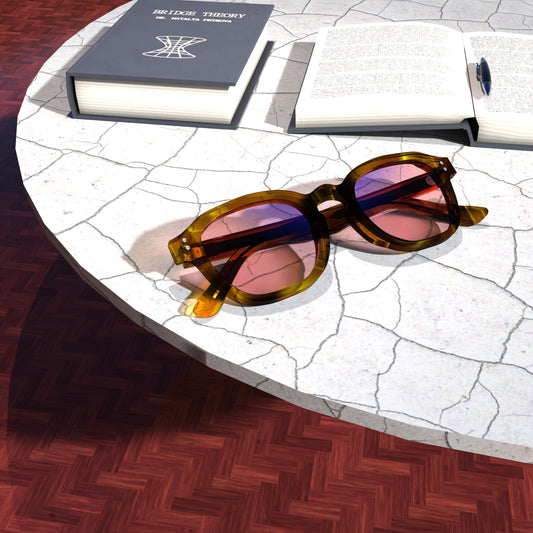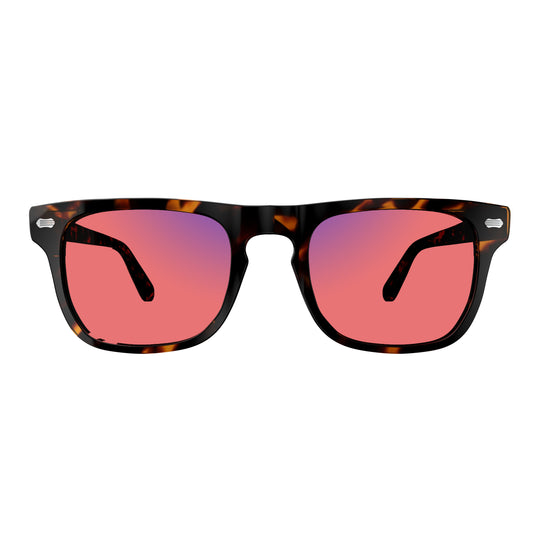
Amber Sleep Glasses and Natural Sleep Remedies: A Powerful Combo
Amber Sleep Glasses and Natural Sleep Remedies: A Powerful Combo
Struggling to fall asleep despite feeling tired? You're not alone. Millions face nightly battles with sleep, often caused by overstimulation from screens and artificial lighting. Fortunately, combining amber sleep glasses with natural sleep remedies offers a simple yet powerful solution. Here’s how this duo can help you drift off faster and stay asleep longer.
What Are Amber Sleep Glasses?
Amber-tinted glasses, like Sleepaxa's Blue Block Amber Sleep Glasses, are specifically designed to block out high-energy blue light emitted by phones, TVs, and LED lights. Blue light suppresses melatonin, the hormone that tells your brain it’s time to wind down.
By filtering out 90–99% of blue light, Sleepaxa’s amber lenses support your body's natural sleep-wake cycle, helping you feel sleepy at the right time—without needing pills or apps.
Why Combine Sleep Glasses with Natural Remedies?
Using amber sleep glasses is a great start, but when combined with other natural remedies, the results can be even better. Think of it as a full-spectrum sleep strategy: addressing both environmental and physiological triggers of insomnia.
Natural Sleep Remedies That Work Best with Amber Glasses
🌿 1. Magnesium-Rich Foods
Magnesium helps relax muscles and supports neurotransmitters involved in sleep. Include almonds, spinach, and bananas in your evening snack.
Bonus Tip: Wear your Sleepaxa glasses during dinner to start blocking blue light early.
🧘 2. Deep Breathing or Meditation
Mindfulness techniques such as the 4-7-8 breathing method can ease anxiety and calm your mind.
Pair it with: A low-light environment while wearing amber glasses to reduce sensory overload.
🌙 3. Herbal Teas
Chamomile, valerian root, and lavender teas have mild sedative effects.
Amber lens advantage: Drinking these teas in the warm, orange-tinted environment created by Sleepaxa glasses enhances melatonin-friendly settings.
📴 4. Digital Detox After 8 PM
This one’s a game-changer. Aim to reduce screen time at least 60–90 minutes before bed.
But if you must use screens? Wear Sleepaxa amber-tinted sleep glasses to block disruptive light without sacrificing your favorite evening show.
The Science Behind Amber Lenses and Melatonin
Multiple studies confirm that blocking blue wavelengths (400–500nm) after sunset significantly boosts melatonin production. According to the Journal of Chronobiology International, participants using amber-tinted glasses in the evening reported:
-
80% improvement in sleep onset
-
Decreased nighttime awakenings
-
Higher morning alertness
Sleepaxa’s amber glasses are engineered using lab-tested lenses that target the precise range of disruptive light.
Real People, Real Results
“I used to lie awake scrolling endlessly. After switching to Sleepaxa’s amber glasses, I’m dozing off within 30 minutes—no sleep aids needed!”
— Meera S., Verified Buyer
How to Use Sleepaxa Amber Sleep Glasses for Best Results
🕕 Wear them starting at 6 PM
📵 Keep them on while using screens
💡 Avoid bright overhead lights
😴 Remove them only once you’re in bed
Pair this with a herbal tea and 10 minutes of meditation, and you’ve got yourself a winning nighttime routine.
Final Thoughts
Sleep problems often don’t need pharmaceutical solutions—they need the right light environment and calming habits. The combination of Sleepaxa Amber Sleep Glasses and natural sleep remedies offers a holistic, side-effect-free approach to better rest.
So tonight, skip the scrolling and sip some tea—with your amber glasses on. Your brain (and body) will thank you.
Explore Sleepaxa’s Blue Block Amber Glasses for Sleep ➤
www.sleepaxa.in — Sleep Naturally, Live Fully.
References:
-
Burkhart, K., & Phelps, J. R. (2009). Amber lenses and melatonin production. Chronobiology International.
-
Harvard Health Publishing. (2018). Blue light has a dark side.
-
National Sleep Foundation. (2023). Light and Sleep.
